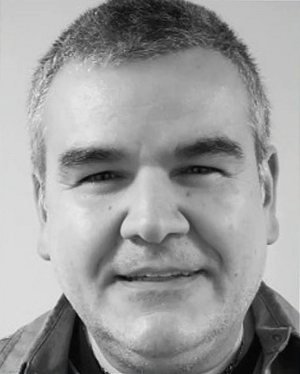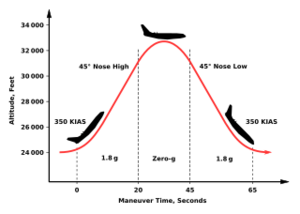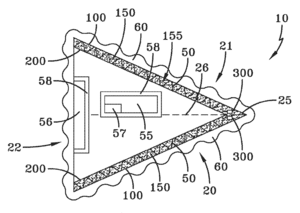Salvatore Pais facts for kids
Quick facts for kids
Salvatore Pais
|
|
|---|---|
 |
|
| Born |
Salvatore Cezar Pais
September 7, 1967 |
| Alma mater | Case Western Reserve University |
| Occupation | Aerospace engineer, inventor |
| Scientific career | |
| Thesis | Bubble generation in a continuous liquid flow under reduced gravity conditions (1999) |
| Doctoral advisor | Yasuhiro Kamotani Simon Ostrach |
Salvatore Cezar Pais (born September 7, 1967) is an aerospace engineer and inventor. He was born in Romania and is now an American citizen. He currently works for the United States Space Force. Before that, he worked for the United States Navy.
Pais is known for his patent applications for the US Navy. These patents describe very advanced ideas that could create energy or have military uses. Some people find these ideas exciting, while others are unsure if they are possible. Some even wonder if they are meant to mislead other countries.
Contents
Education and Research
Salvatore Pais studied at Case Western Reserve University in Ohio. He earned his master's degree in 1993. His research focused on how liquids behave in very low gravity.
In 1999, he earned his PhD in mechanical and aerospace engineering. For his PhD, he studied how bubbles form in low-gravity conditions. To do this, he took part in special parabolic flights. These flights create a feeling of weightlessness for a short time. His research was supported by NASA.
Career and Inventions
Salvatore Pais worked as a scientist and engineer for the US Navy at Patuxent River NAS. In 2019, he moved to a different part of the Navy. In 2021, he joined the U.S. Air Force, and later the U.S. Space Force.
Starting in 2015, he began applying for patents for his employers. These patents describe very advanced technologies. They have names that sound like something from science fiction. These ideas suggest new ways to create energy or for military uses. However, no working models of these inventions have ever been built.
Some people believe these patents might be a way to trick other countries. They think the patents could be designed to make others believe the US is working on certain technologies, even if they are not.
Pais's Patent Ideas
Here are some of the interesting ideas Salvatore Pais has patented:
- A device that could create a "room temperature superconductor" (2017). This would allow electricity to flow without any loss of energy. Experts have noted that there is no proof this device works. The best superconductors currently need very cold temperatures.
- A "plasma compression fusion device" (2018). This is described as a small nuclear fusion reactor. It aims to create energy like the sun does, but in a compact machine.
- An "electromagnetic field generator" (2015). This device could create a powerful electromagnetic field. Its main purpose would be to push away asteroids that might hit Earth.
- A "craft using an inertial mass reduction device" (2016). This patent describes a high-speed vehicle that could travel in both air and underwater. It suggests the craft could "engineer the fabric of our reality." This patent was approved in 2018. It expired in 2023 because maintenance fees were not paid.
- A "high frequency gravitational wave generator" (2017). This device could be used for advanced ways to move spacecraft, break apart asteroids, or communicate through solid objects.
Testing the Ideas
From 2016 to 2019, the Navy spent money to test one of Pais's ideas. This was for a "High Energy Electromagnetic Field Generator" (HEEMFG). The tests cost over half a million dollars, mostly for salaries. However, the "Pais Effect" (the special effect his inventions rely on) could not be proven. Officially, no more research was done on it.
Some scientists and experts have said that Pais's ideas do not have a scientific basis. They believe the patents use scientific-sounding words that don't make sense. Despite this, Pais has always believed his work will be proven right one day.
See also
- LK-99




